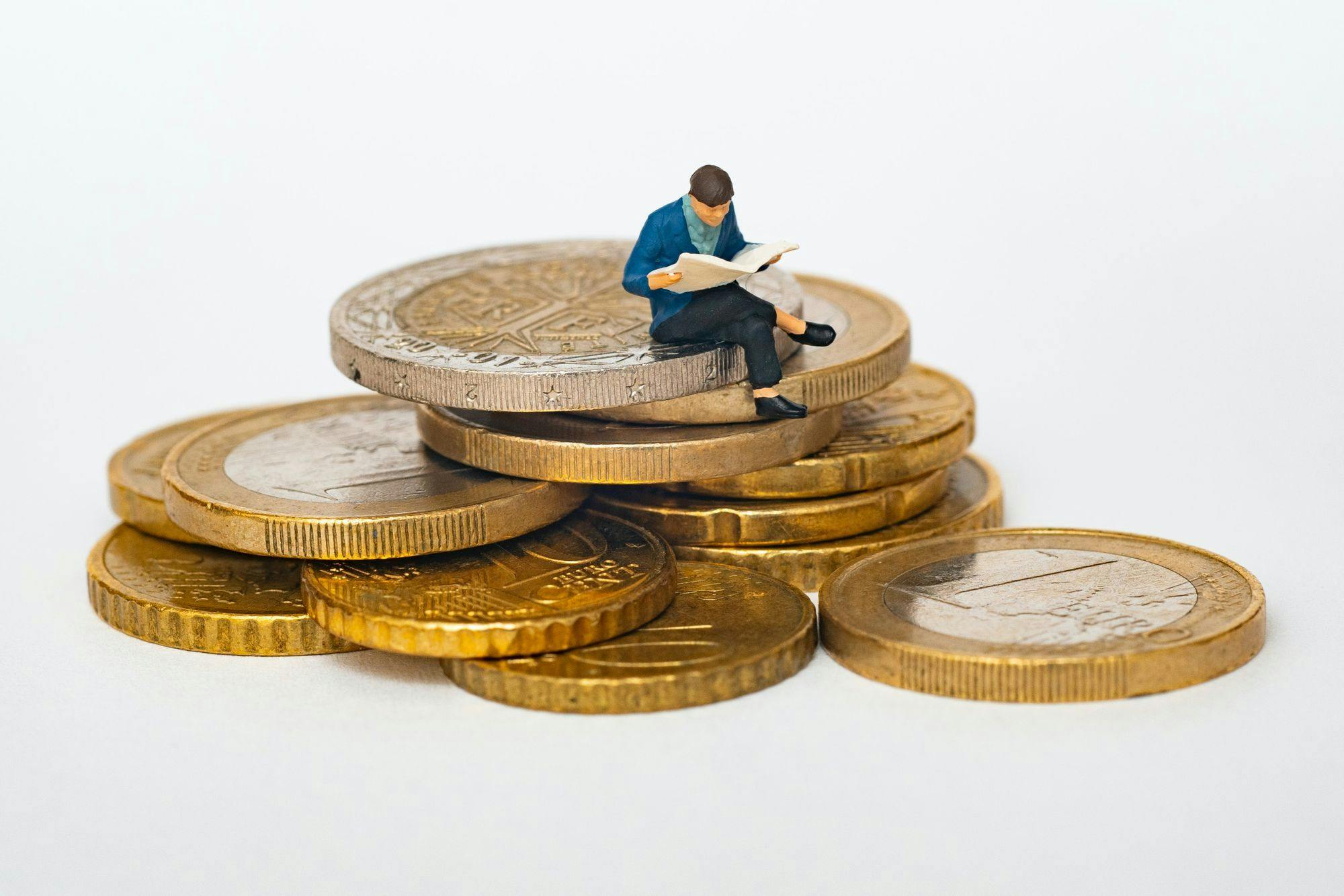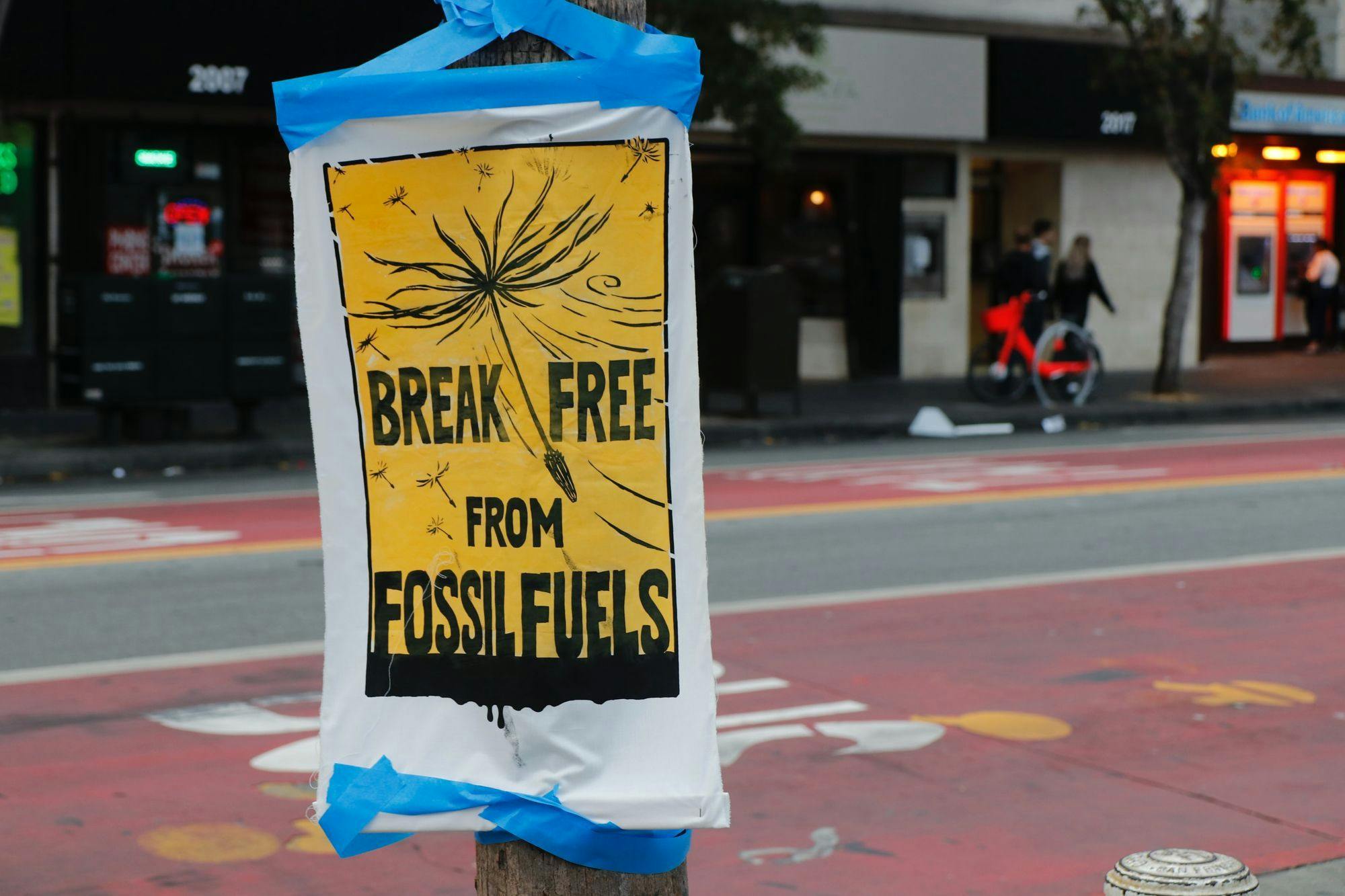The Four Steps We Take To Generate Our Bank Ratings
Updated November 29, 2023 by Neil Simpson
Photo by Miguel Á. Padriñán from Pexels
Have you ever been to a catalogue store, where you order items from a massive book, then wait in line for your purchase to magically appear? It's like a squad of extremely fast elves are frantically building things in the back. We hope you enjoy a similar experience when using our bank-checking tool.
But how do we know so much about the financing activities of all these banks - enough to build an entire ratings system? Well, it takes a lot of work. To give you an insight into that work, we've broken down the method we use to categorize the financing activities of the world's retail banks.
This work never stops, so there's always a chance that visitors won't be able to find their bank through our rating tool. Is that you? Keep reading, because we've got answers for that, too.
Step 1: Find banks

Photo by Robert Bye on Unsplash
Believe it or not, a definitive record of every bank in the world does not exist. We've come across partial records in various places, such as a dataset that costs $10,000 USD per year to access but only tracks 5,000 banks; for context, we currently track 56,000 banks. Better records are either not for sale or prohibitively expensive.
This means we have to find banks via multiple sources, then collect them up for presentation in one glorious and glittering location (this website of course). These are the data sources we refer to:
- The Rainforest Action Network's annual Banking on Climate Chaos report
- Campaign group BankTrack's database
- The USA Treasury Department's public records
- Wikipedia's free and open knowledge base, Wikidata
- The sustainable economics network Global Alliance for Banking on Values
- The B Impact Assessment database, which records the environmental impact of more than 15,000 businesses
- Pressure group Fair Finance International's range of Fair Finance Guides
Step 2: Tidy up the data

Photo by John Schnobrich on Unsplash
Some of the data sources we refer to use an application programming interface (API), which basically means our computer talks to their computer and we receive a data dump. As with all dumps, it usually needs a spring clean.
We usually come across long-closed banks in these data dumps, as well as duplicated banks. Duplications are common because banks often contain a multitude of entities. For example, Bank of America consists of a variety of affiliate companies and legal entities, such as Banc of America, BoA, and BofA. We look to Wikidata and the USA's Office of Government Information Services (US GIS) for help here, as they list the unique identifier number for many banks.
Wikidata and the US GIS also help us to establish the ultimate owner of a bank. For example, Ireland's Ulster Bank and Royal Bank of Scotland (RBS) are both owned by NatWest Group. We think that you have a right to know who owns your bank, no matter how well this information is hidden, in the same way that you have a right to know who is funding, say, your favourite news outlet or politician. Who owns a bank dictates our rating of that bank; in instances where a bank has multiple owners, we currently associate that bank with its largest owner (if the largest owns more than 20%). In future, we may switch to only considering a controlling stake as true "ownership".
Step 3: Rate the banks

Photo by Giorgio Trovato on Unsplash
With a focus on a bank's fossil fuel financing activity, we use the data we've collected on a bank to sort it into one of five categories: Worst, Bad, OK, Great, or Unknown. This categorization translates into the information you're presented with when you click the green "Check My Bank" button.
Worst
Any bank that's shown to be heavily involved in fossil fuel finance by the Rainforest Action Network's (RAN) Banking on Climate Chaos report is automatically categorized Worst. "Heavily involved" means that RAN has named it as one of the world's top five financiers of the tar sands, fracking, offshore oil and gas, liquid natural gas, Arctic oil and gas, coal power, or coal mining industries. Either that, or RAN has ranked them in the top five for overall fossil fuel financing or fossil fuel industry expansion.
Bad
If we find any evidence of a bank funding the fossil fuels industry, particularly of lending to it or underwriting associated bonds, we put it here.
OK
OK banks have either scored at least 85 in one of Fair Finance International's Fair Finance Guides, been certified by B Impact Assessment, joined the Global Alliance for Banking on Values, or not been reported as a fossil fuel financer by RAN. These banks are still likely to be financing the fossil fuels industry, but to a lesser extent.
Great
These banks do not finance the fossil fuels industry. This is usually because we have asked them ourselves and been provided with evidence, but in some cases we source such information from third parties, such as 350.org. If we contact them ourselves, we ask if they provide loans for or buy bonds from fossil fuel companies; we're less concerned if the bank owns stocks in fossil fuel companies, because we don't believe that divesting from the secondary asset markets is a good way to force change. Furthermore, the stock market only powers around 10% of total fossil fuel financing.
At the moment, we're encouraging Great banks to apply for our Fossil Free Certification, which will make it increasingly easy for anyone to pick a fossil-free retail bank with confidence.
Unknown
These banks simply don't show up on the site. If we manage to source sufficient information at a later date, these banks are re-categorized.
Step 4: Be relentless

Photo by Mathieu Stern on Unsplash
We're continually considering ways to strengthen our bank-rating process. For example, we would love to analyze a bank's lending habits (because lending accounts for 65% of fossil fuel finance) but this is peer-to-peer, which means this sort of information is rarely public.
We would also like to get our hands on data concerning a bank's fossil fuel bond purchases, which is known as "bond issuance". Unfortunately, we've not been able to find this sort of data - please contact us if you have access to such datasets.
How to get your bank rated

Photo by Eelco Böhtlingk on Unsplash
Can't find your bank through our bank-checking tool? That's probably because we've yet to find substantial information on your bank's financing activities, so we've categorized it "Unknown". You're not alone: we're continually being asked to list banks that users can't find on our website. With 55,000 banks in our database, it's a massive task and often, decent financing information is extremely hard to pin down.
If you're feeling energetic, you can help us to rate your bank. The first thing you could do is research: are there any news reports on your bank's financing activities from the past three years? If you find anything juicy, please contact us and share your findings.
The most powerful thing you could do is ask your bank directly. You might not receive a straightforward answer - especially if your bank's not proud of its financing activities - but it will make your bank realize its customers are concerned about the climate crisis.
For tips on how to talk to your bank about fossil fuel financing, visit our Take Action section.
Photo by Robert Bye on Unsplash
Start to Bank Green Today
Banks live and die on their reputations. Mass movements of money to fossil-free competitors puts those reputations at grave risk. By moving your money to a sustainable financial institution, you will:
Send a message to your bank that it must defund fossil fuels
Join a fast-growing movement of consumers standing up for their future
Take a critical climate action with profound effects